This essay was originally published in The Public Domain Review under a Creative Commons License. Please see their rules for reuse.
Ava Kofman explores how the spectre of race, in particular Francis Galton’s disturbing theory of eugenics, haunts the early history of fingerprint technology.

A complex pattern is capable of suggesting various readings, as the figuring on a wall-paper may suggest a variety of forms and faces to those who have such fancies.
— Francis Galton, Finger Prints, 1892
By the time Arthur Conan Doyle published “The Adventure of the Norwood Builder” in The Strand Magazine in 1903, the reputation of the fingerprint as a powerful and “self-evident” forensic technology — one that could be used in a court of law to prove a suspect’s guilt — was on the rise. In 1902, a fingerprint was accepted in an English court as evidence for a burglar’s presence at the scene of the crime. By 1904, Scotland Yard was processing as many as three hundred fingerprint cards every week. Precisely because the fingerprint’s authoritative status was taken for granted, Conan Doyle’s fictional detective Sherlock Holmes sought to undermine it. In “Norwood Builder”, Holmes discovers that the fingerprint in question does not belong to the suspect, but is, instead, a forged print used to frame him.
Although Holmes published on fingerprints in the anthropological journals of his fictional universe, the most prolific author of actual texts on fingerprinting found Holmes’ methods in Conan Doyle’s latest tale suspect. Not long after the story appeared, the gentleman scientist Francis Galton wrote to Conan Doyle asking how the wax mould of a seal could have left a legible bloody fingerprint on the wall, given that it is not “possible to get good impressions from a hard engraved material upon a hard uneven surface”. Taking the fiction’s depiction of forensic science in good faith, Galton asked Conan Doyle for further details of his experiments with fingerprints. It is unclear whether Conan Doyle responded and unlikely that he ever conducted experiments.
While this curious bit of correspondence ended before it really began, Galton’s own career in the emerging science of fingerprinting was often compared to the fictional detective’s, although his work had quite different implications for the potentials of fingerprinting technology. To anthropologists and evolutionary theorists like Galton, the fingerprint was more than a criminal trace. At the heart of Galton’s exhaustive research program into fingerprints was always the “great expectation” that they might serve as tiny fossil records, providing evidence of the genealogy, personality, criminality, and perhaps even destiny of individuals and groups.
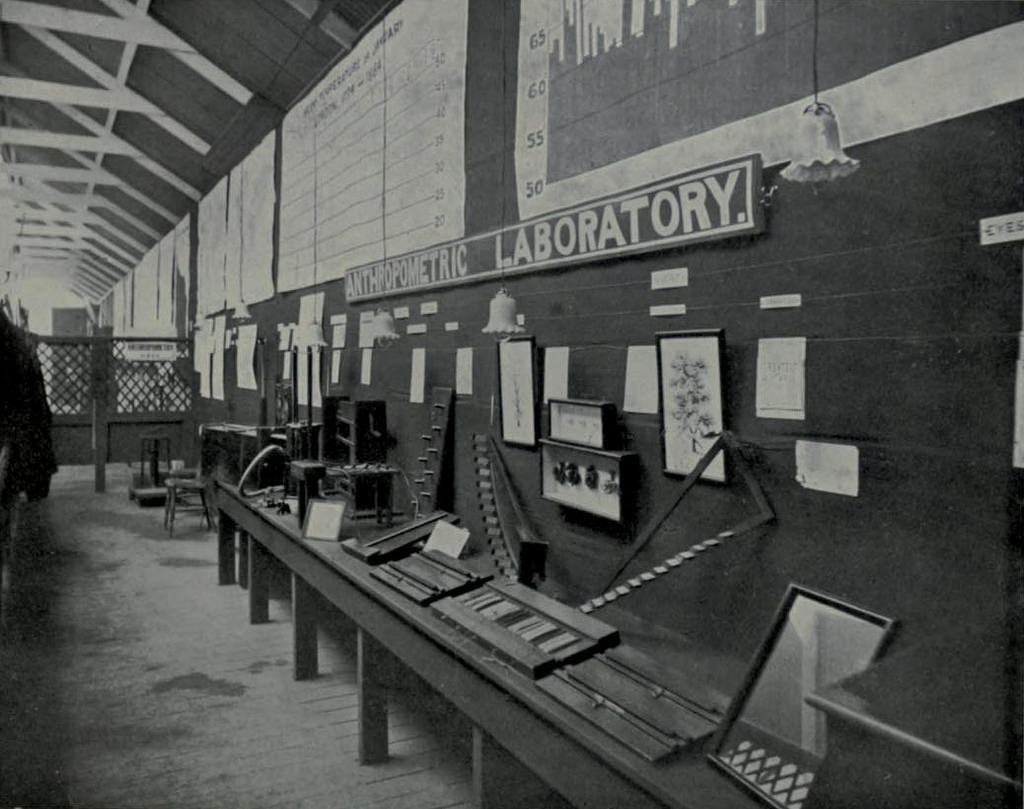
In 1888, a reporter from the Pall Mall Gazette paid a visit to Galton’s Anthropometric Laboratory in London, where instruments developed by Galton measured the physical and mental characteristics — from keenness of hearing to breathing power — of over 10,000 people. The resulting article, titled “A Morning With the Anthropometric Detectives”, described Galton’s laboratory as a world of “order and precision, and tests of the nicest accuracy”. “Dumb though they are,” Galton told the reporter, “what splendid detectives our instruments might prove”. “Splendid detectives!” the reporter exclaimed, “I am not, I hope, in a department of the Criminal Investigation Department, unconsciously yielding convincing proofs of personal identity with some scoundrel hitherto unhung.”
The comparison to detection in the article’s title is no accident: the scientific development of medical and anthropometric instruments like Galton’s coincided with the rise of the detective novel, a genre which, in the words of the literary scholar Ronald Thomas, was “preoccupied with the professional monitoring and identification of bodies”. Fears of mistaken identity and unconscious slips were crystallized in the literature of detection but emerged from a broad range of hermeneutic practices across the era, at a time in which those in power considered the borders of empire and boundaries of racial identity to be insecure.
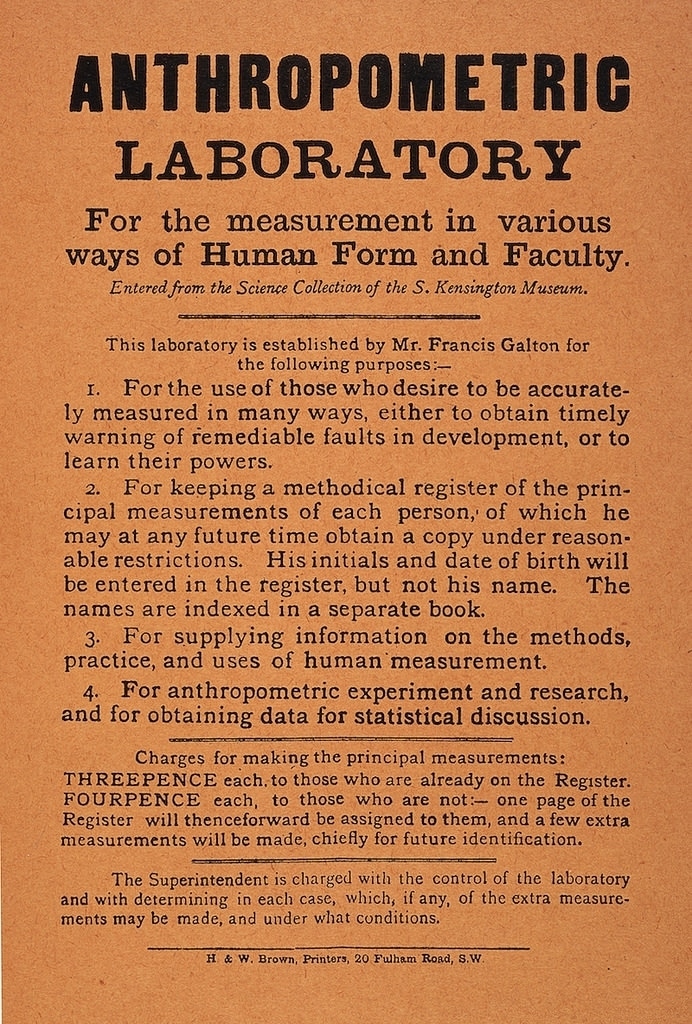
These links between Galton’s work with fingerprints and detective fiction continued in the reviews of his most important contribution on the subject, his 1892 monograph Finger Prints. Many noted its immediate parallels to other books of clues. “A capital title for a detective story, Fingerprints” wrote the National Observer. A writer for the British Medical Journal, likely not having encountered Conan Doyle’s multiple stories on fingerprints, remarked that he would be “astonished if Mr Conan Doyle, the creator of Sherlock Holmes, does not work something up by Mr Francis Galton’s unique book on thumbmarks”. The Humanitarian went as far as to suggest that the technology “opens up a new avenue for the Braddons and Gaboriaus, and other ‘detective novelists,’ to track and run to earth the most mysterious crimes. A field of investigation is here opened which will rival in fascination the celebrated ‘Adventures of Sherlock Holmes.’” These reviewers were right. But perhaps, in retrospect, not in the way they had intended.
In the late nineteenth century, knowledge based on the interpretation of “clues unnoticed by others” became increasingly influential across a wide spectrum of professions — from doctors to physiognomists, from connoisseurs to naturalists. In his classic text, “Morelli, Freud and Sherlock Holmes: Clues and Scientific Method”, the historian Carlo Ginzburg traces the rise of this semiotic model in the human sciences, as best exemplified by his titular trio of diagnostic sleuths, to the emergence of “an increasingly clear tendency for state power to impose a close-meshed net of control on society […which] involved attributing identity through characteristics which were trivial and beyond conscious control.”
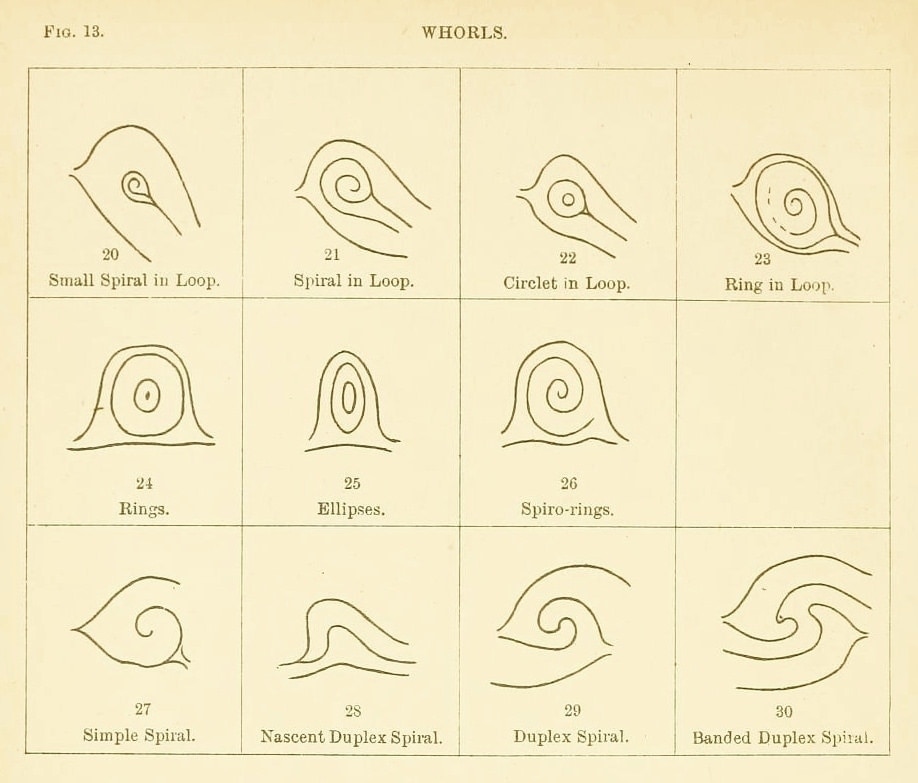
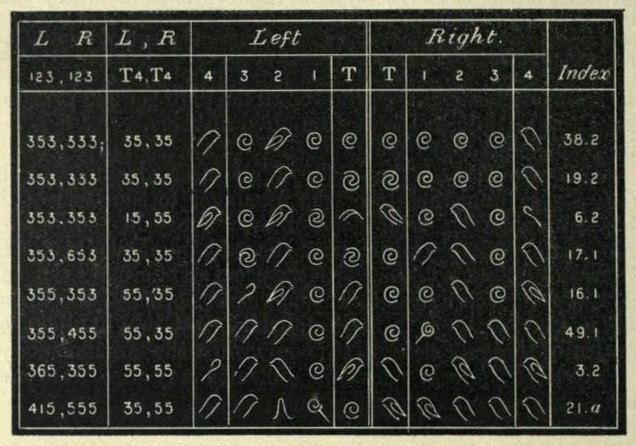
It is unsurprising then that Galton, who described his own early training in forensic medicine as having “a sort of Sherlock Holmes fascination”, referred to the fingerprint as having a “very pronounced, symptomatic character.” The anthropometric detective, like his fictional ally Holmes, coupled his forensic expertise with his conjectural knowledge to read and interpret unruly documents and bodies. But unlike Holmes, Galton was guided less by the hopes of catching criminals and more by the expectation that fingerprints could reveal inherited traits.
Despite Galton’s best efforts, when surveying his research from the past decade in Finger Prints, he concluded that fingerprints did not contain such evidence. He definitively declared that “no peculiar pattern…characterizes persons of any of the above races.” And yet, despite his admission that “hard fact had made hope no longer justifiable”, a closer look at Galton’s writings reveals that racial typologies were never far from his thoughts. The conflicted speculation, conjecture, and hesitation in Galton’s racial rhetoric in Finger Prints can be understood as a deliberate strategy, one which allowed him to perpetuate a strong racial and imperial research program even when his scientific data undermined it.
This combination of speculation and data would be necessary for his eventual development of eugenics, a political program of selective breeding to improve, in his view the human race.
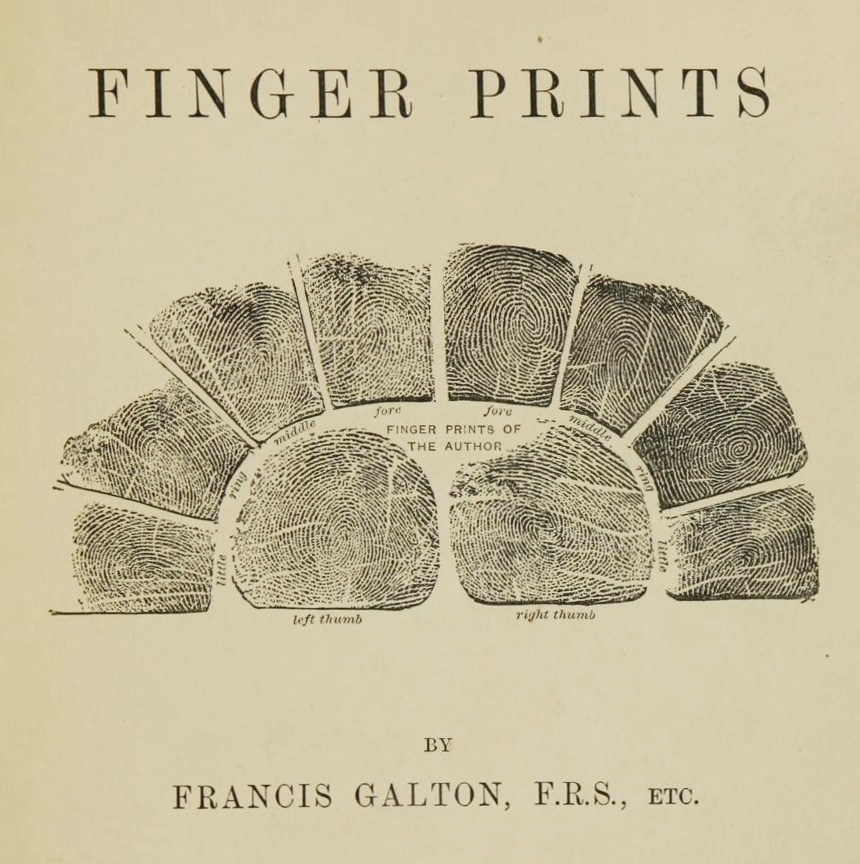
Throughout Finger Prints, Galton continued to alternate, sometimes in the space of a single sentence, between claiming that fingerprints were and were not marked by racial difference. His remarks illustrate the tensions of disciplines like anthropology and comparative anatomy in this period, which attempted to simultaneously identify both deviant individuals and visible traces of generalisable criminal types from body parts.
In the second to last chapter, Galton definitively detailed his findings on “Race and Classes”. After examining the impressions of various races and classes, he determined that they “may all be spoken of as identical in the character of their finger prints”. To demonstrate the lack of difference across racial groups, he even included a table displaying the similar frequency of arch patterns in the right fore-finger of each group.
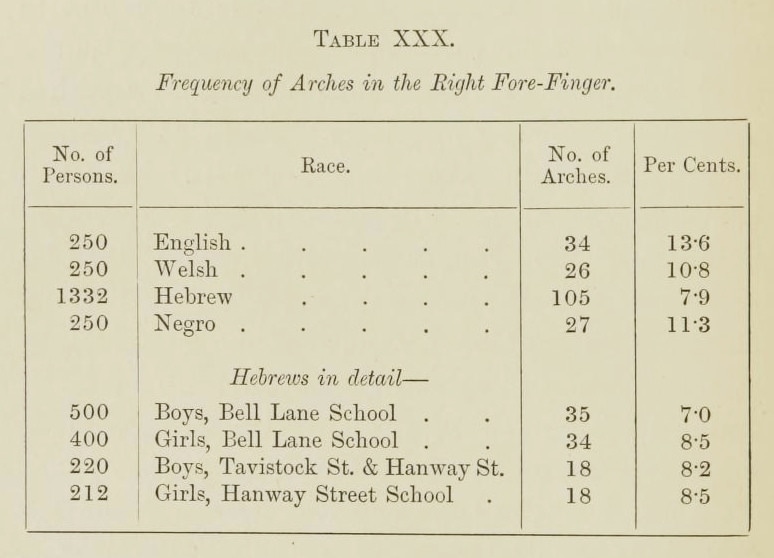
But even in his disavowals of racial difference in fingerprint patterns, Galton still searched for traces through which to decipher the devious and degenerate clues of suspect identities. Galton noted:
Their patterns are not, so far as I can find, different from those of others, they are not simpler… Still, whether it be from pure fancy on my part, or from the way in which they were printed, or from some real peculiarity, the general aspect of the Negro print strikes me as characteristic. The width of the ridges seems more uniform, their intervals more regular, and their courses more parallel than with us. In short, they give an idea of greater simplicity, due to causes that I have not yet succeeded in submitting to the test of measurement.
Despite the data, Galton’s initial “great expectations” still inflected his analysis. His ideas about both the lack of evolutionary complexity of “degenerate” forms and the homogeneity he perceived between members of extra-European races underpinned his analysis from the outset.
It is telling that a hand that both individuates and that conveys information about extra-European racial groups was, to Galton, a hand marked by “greater simplicity”. That it did not matter to Galton whether the “greater simplicity” he sensed in non-white hands lay in the faulty method of printing or in the hands themselves reveals that he saw these hands as posing a threat to his own empirical efforts. This failure, in fact, redoubles Galton’s recourse to his own analytical powers. He closes the chapter by stating that his conclusions do not apply to investigating the shape of the hand, which might yet offer racial insights. These scenes of detection in Galton’s writings allowed the Imperial fantasy, that extra-European others might be identified and controlled, to masquerade as a reality.
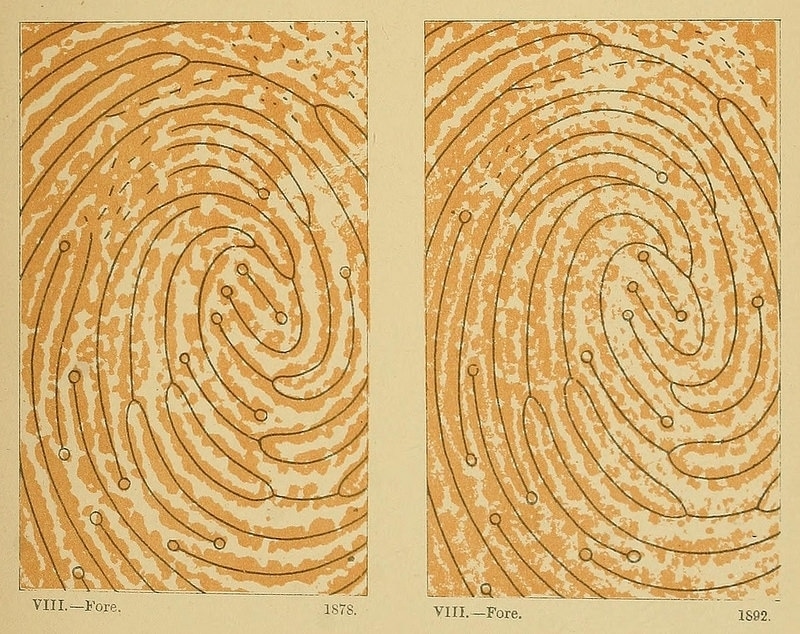
The year following the publication of Finger Prints, Galton followed up with a supplemental text, Decipherment of Blurred Finger Prints (1893), which outlined his method for illuminating indistinct impressions. Its publication was occasioned by Galton’s receipt of a round of prints from men in India, whose impressions had been taken once in 1878 and again in 1892. This provided a rare opportunity to demonstrate the persistence of impressions. Galton also saw it as an opportunity to demarcate the superiority of British science and his own.
Galton begins the text without even analyzing or exhibiting the prints. Instead, he takes a curious detour to focus on their context: “The documents are characteristically Oriental; they are on a common kind of apparently native-made paper, worm-eaten with many holes, and abundantly subscribed with attestations, names, ages, and dates, partly written in English and partly in native characters.” Having already published on the lack of racial signification in fingerprints, Galton attempted to secure racial characteristics through other means.
Holmes, of course, could realize Conan Doyle’s fantasy of a textual body unconsciously inscribing its traces in a way that Galton, bound by the disappointing readings of his empirical data, never could. And yet, the meaningless script of the fingerprint did not stop Galton from anxiously detecting “characteristic” and unconscious traces of race on its periphery. When he thanks the imperial bureaucracy for putting him “into the possession of such interesting materials”, he conflates these foreign bodies of these men with the texts themselves.
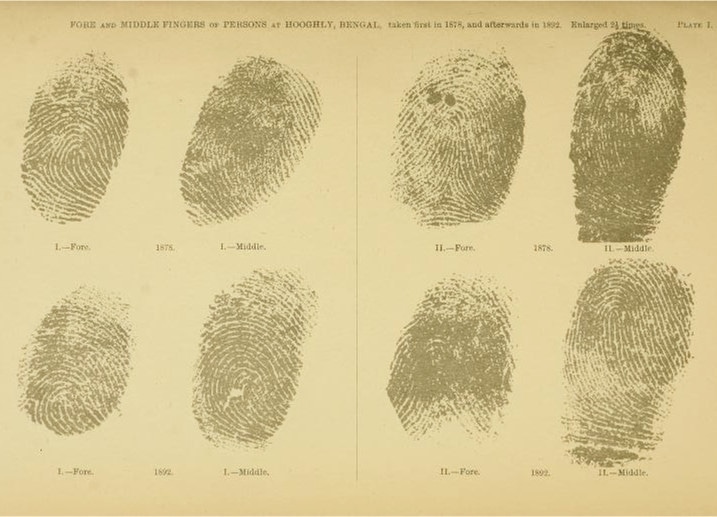
Galton contrasts these “Oriental” methods of fingerprinting to his own in order to demonstrate the superiority of European science. He notes his dissatisfaction with the Indian method of printing and quality of the paper, which he assumes uses Indian dye or watercolor. The Indian materials, he complains, were “too coarse” when compared to those in his English laboratory. Whereas Indian methods for printing are “moist”, “blackened all over”, “coarse”, and blurry, those in Galton’s lab are “regular”, “rapid”, “clear”, “uniform”, “very thin”, and “uniformly of a high-level order of goodness”. His invocation of morality — not only subtly with contrasts of light/dark imagery, but explicitly with the reference to “goodness” — explicitly justified the superiority of British empiricism and so implicitly hinted at the necessity of his empire’s “civilizing” rule.
Galton then further locates the blurred and indistinct qualities of the fingerprints in what he perceives to be generic characteristics of the Indian race. He attributes the indistinctness of the impressions to hard manual labor and to “the disintegration of skin, owing to the advanced ages of the persons in 1892 […] which I presume corresponds to greater ages among ourselves, since Indian children are more precocious than ours.” The logic of racial contamination underpinned this apparent reflexivity: fingerprints were originally introduced for Europeans to distinguish between the otherwise indistinguishable mass of extra-European peoples, who themselves produced “indecipherable” fingerprints. In this way, Galton’s prints exemplify the postcolonial scholar Homi Bhabha’s discussion of the “repeated hesitancy afflicting the colonialist discourse when it contemplates its discriminated subjects; the inscrutability of the Chinese, the unspeakable rites of the Indians, the indescribable habits of the Hottentots.”
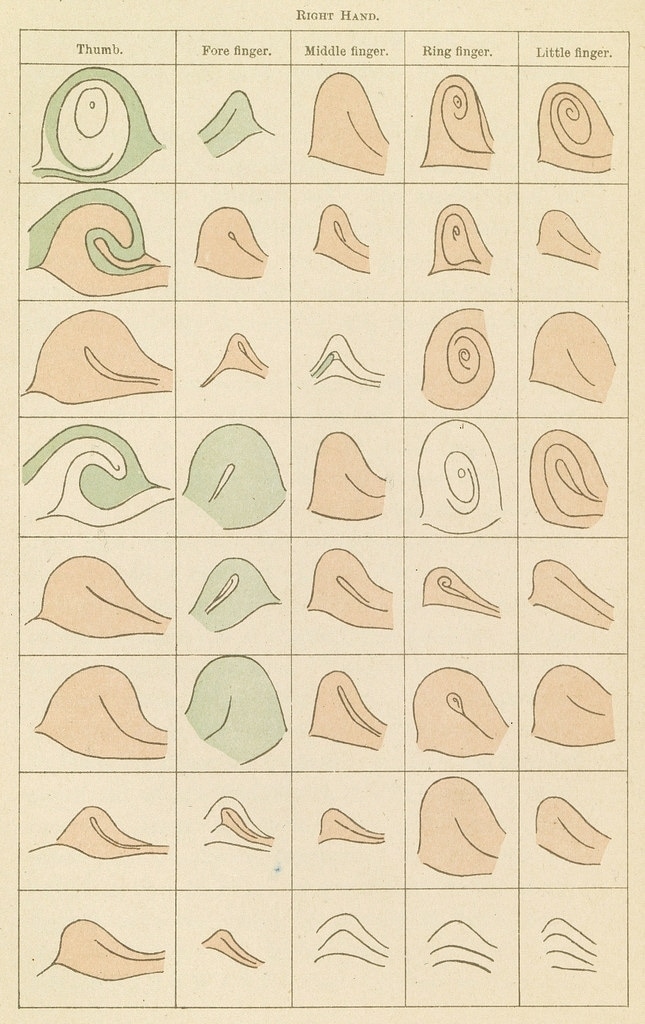
This “art of decipherment”, as Galton called it, reified the racial categories from which it emerged. Patterns, like foreign peoples, were likely to deceive. Therefore, they needed expert scrutiny to decipher them. For instance, Galton wrote in Scientific American that when looking at an enlarged reproduction of fingerprints “one might be deceived and take such a production for a specimen of graphic ornamentation of barbarous origin”. The act of deciphering any fingerprint, even in a completely deracinated context, was linked to the act of disciplining, segregating, and classifying racialized bodies. The criminal and Indian body — both understood as sites of interpretation, enforcement, and diagnosis — became objects of scientific expertise.
In this respect, the pedagogical component of Galton’s text — his cautious and painstaking explanations of how to see “the facts and their interpretation” — aimed to give readers the power not just to classify their own fingerprints but to mark foreign bodies as such. Galton drew upon the logic of detection to present readers with the fantasy that seemingly dangerous bodies could, under the right gaze, be controlled. And yet, it was precisely the success of fingerprint identification in the “colonial laboratory” of India abroad that aided the technique’s return to the center of empire in 1901, thus turning English citizens, too, into colonial subjects that needed to be tracked, surveilled, and deciphered.
How the fingerprint familiar to us today ended up emptied of meaning is part of the larger shift in locating criminality on the criminal’s body to locating it in the criminal record. As biologists increasingly looked to genes for the secrets of heredity, law enforcement took over the scientific domain of interpreting, standardizing, and administering fingerprint technology. The fingerprint’s dominance as an archival sign made it increasingly necessary to separate its identificatory functions from dubious diagnostic research like Galton’s.
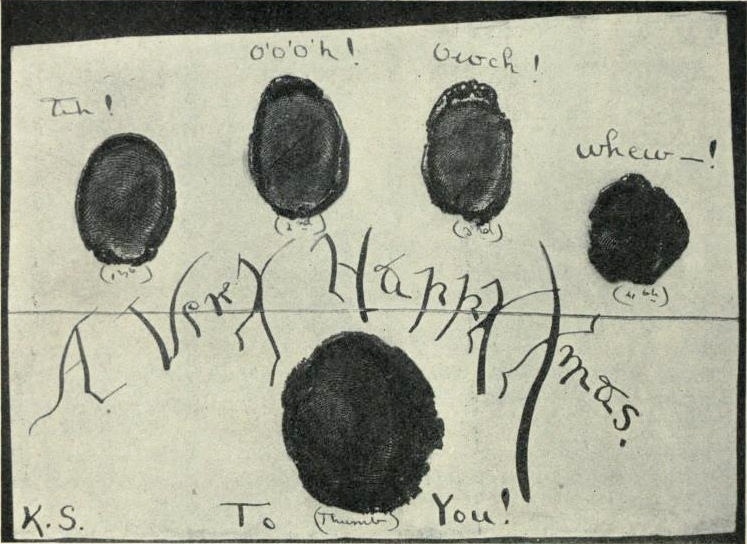
At stake in wiping away these anthropological traces was the legal reputation of an increasingly powerful and “self evident” forensic technology. “It is not to the finger-print expert’s advantage”, the head of Chicago’s fingerprint school cautioned in 1925, “to be associated, in the minds of the public, with fortune tellers and palm-readers. The science of fingerprint identification is a real science and should not be dragged to the level of the pseudo sciences.”
Galton, for his part, never tired of searching for ways to identify characteristics that could be selectively bred for eugenic improvement. His obsession with quantifying racial difference led him to devise “analytical portraiture”, invent geometric notation for facial profiles, measure the noses of exceptional English leaders, and calculate the efficiency of people with differing hair colors. Galton even attempted to track physiognomic changes in Englishmen by studying their portraits in the National Gallery.
Revisiting the early history of the fingerprint reminds us that ostensibly color-blind identification techniques often contain the biases and cultural assumptions of their makers. In this light, Galton’s search to reify racial difference in the body bears a striking resemblance to the contemporary search for the “crime gene” and other personality markers in DNA. That his hunt may have been pseudo-scientific did not make the fears and assumptions that guided his research any less influential, or dangerous.
Ava Kofman is a journalist based in Brooklyn. Her writing on technology has appeared in The Atlantic, The Nation, VICE and elsewhere. Follow her on Twitter here.
Public Domain Works
Further Reading

The Racial Hand in the Victorian Imagination (Cambridge University Press, 2015) by Aviva Briefel
An exploration into the racial significance assigned to hands around the fin de siècle — how the hands of colonized subjects became vital sites of fascination and interpretation in late-Victorian imperial narratives.
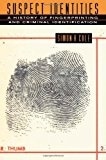
Suspect Identities: A History of Fingerprinting and Criminal Identification (Harvard University Press, 2002) by Simon Cole
Simon Cole reveals how the history of criminal identification is far murkier than we have been led to believe, uncovering the fascinating interplay of our elusive individuality, police and state power, and the quest for scientific certainty.
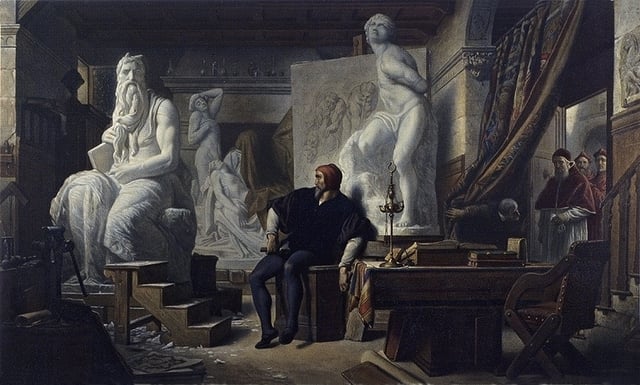 Who Says Michelangelo Was Right? Conflicting Visions of the Past in Early Modern Prints
Who Says Michelangelo Was Right? Conflicting Visions of the Past in Early Modern Prints
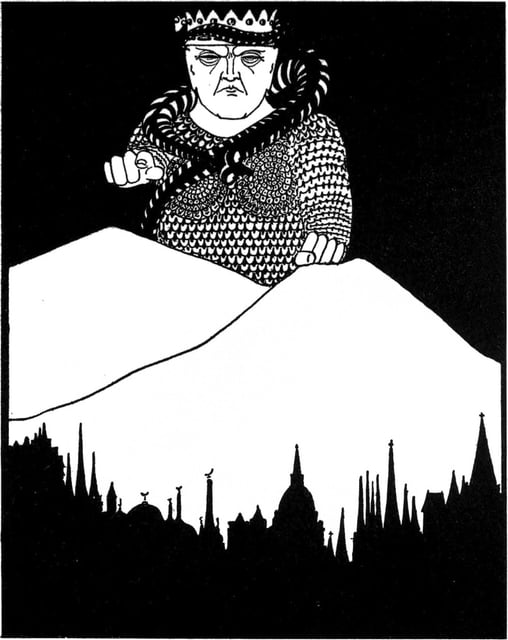 The Strange Case of Mr William T. Horton
The Strange Case of Mr William T. Horton